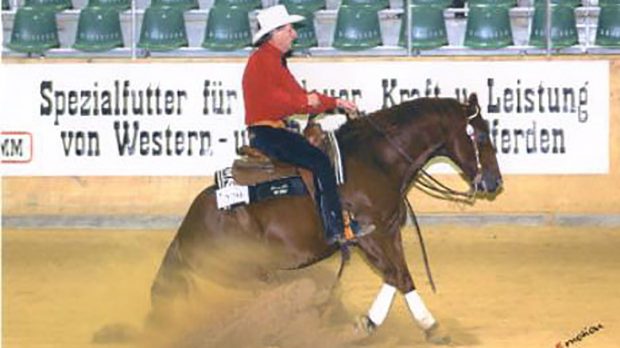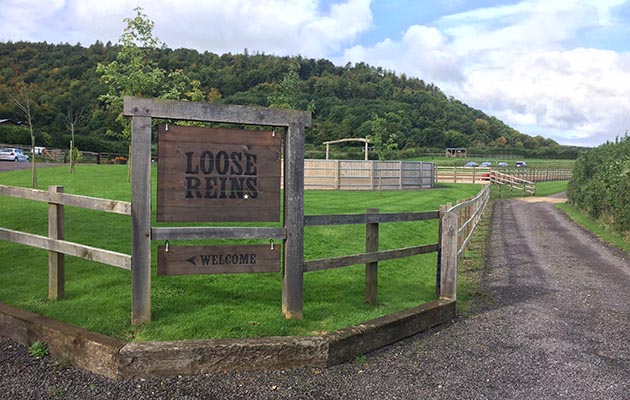Expert advice from HORSE magazine on how to get started in western riding competitions
Q: I have started riding my horse western and we are both really enjoying it. Now we would like to start competing. Can you tell me what classes there are in western and what is involved?
Ros Sheppard replies: The Western Equestrian Society organise shows throughout the country and there are six western classes:
- Showmanship
- Trail
- Horsemanship
- Pleasure
- Reining
- Western Riding.
Showmanship:
In this class, the handler is being judged, and though grooming and condition of the horse will be taken into account, points are gained from the general manner in which the competitor presents their horse.
Trail:
The horse and rider have to negotiate a series of obstacles on the arena.
Obstacles include a gate, walking, jogging or loping over poles, backing between poles or around cones, the square (between 5-6ft) in which the horse must turn 360 degrees, side-passing over poles or carrying an object from one point to another.
The horse is marked on his attitude and competency dealing with each element.
Horsemanship:
The rider is judged on seat, hands and ability to control and show the horse while riding a set pattern.
Pleasure:
In this class the horse is shown with light contact and control. He should be responsive and smooth in all transitions and gaits.
Credit is given to horses that have flowing strides, are balanced and willing, and give the appearance that they are a pleasure to ride.
Reining:
The judge selects a pattern, containing circles, spins, stops, rollbacks, flying changes and backup, and each competitor individually performs it.
The horse should be easily guided with little or no resistance. Any movement on his own is considered lack of control.
Credit is given for finesse, speed, attitude, smoothness and authority in performing the manoeuvres.
Western Riding:
Competitors ride a set pattern designed to show the calm, easy, correctly balanced paces of the horse.
The horse is judged on the quality of his gaits, changes of lead, response to the rider, manners and disposition.
Credit is given on smoothness, even cadence of gaits and the horse’s ability to change leads precisely at the centre point between markers.
Read more about Western riding:




